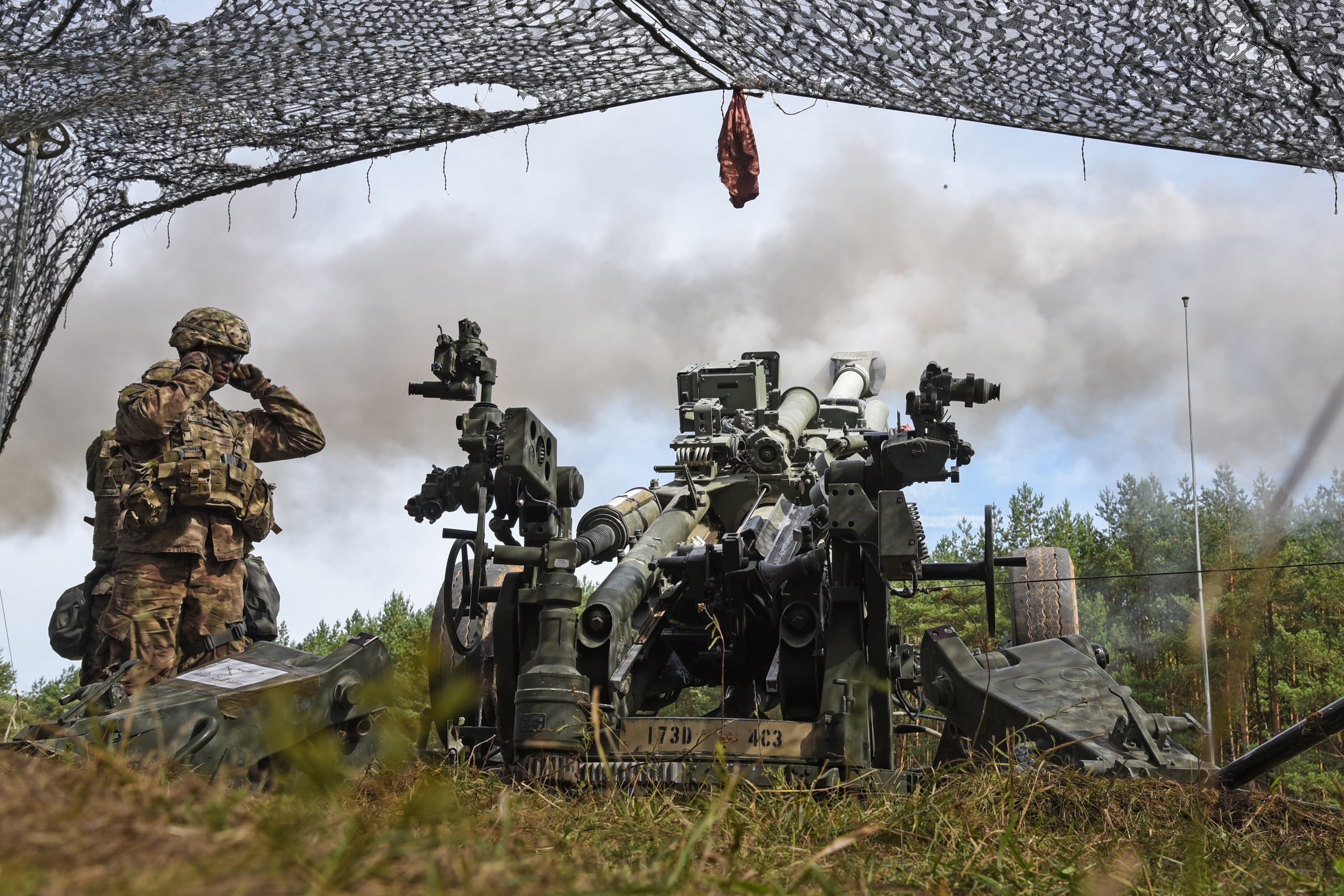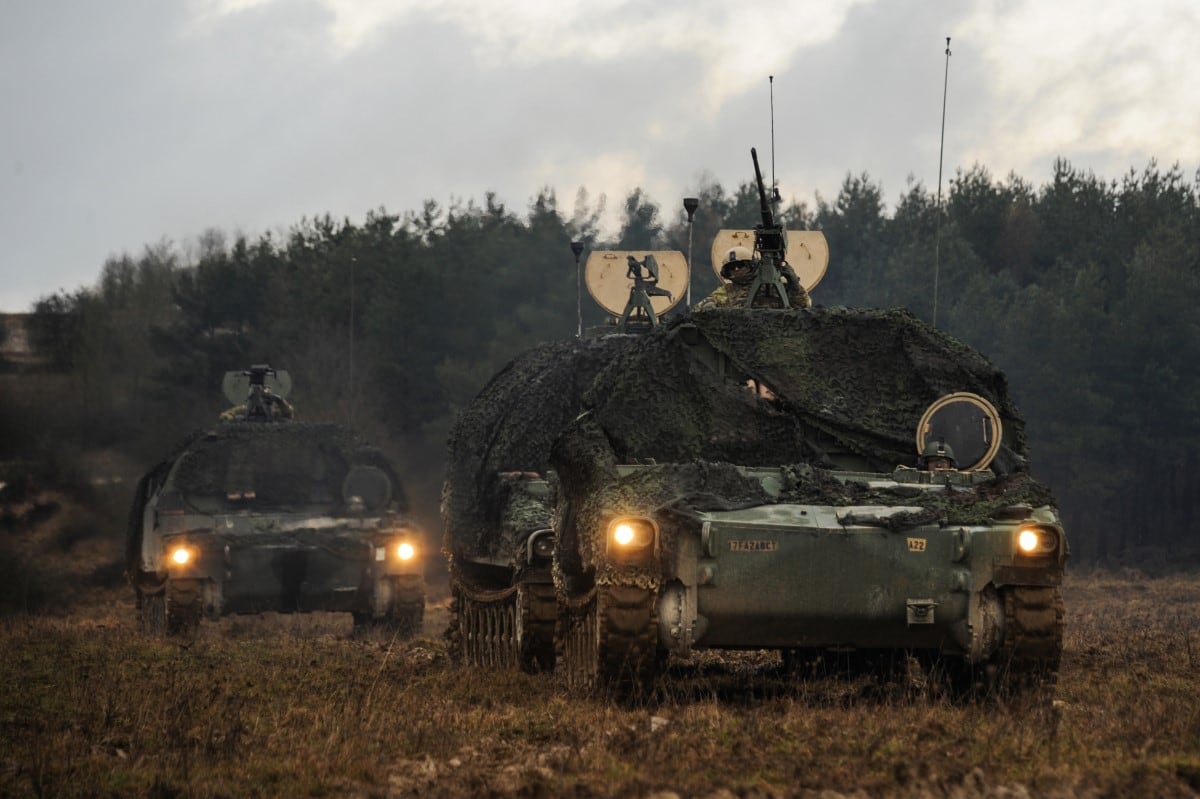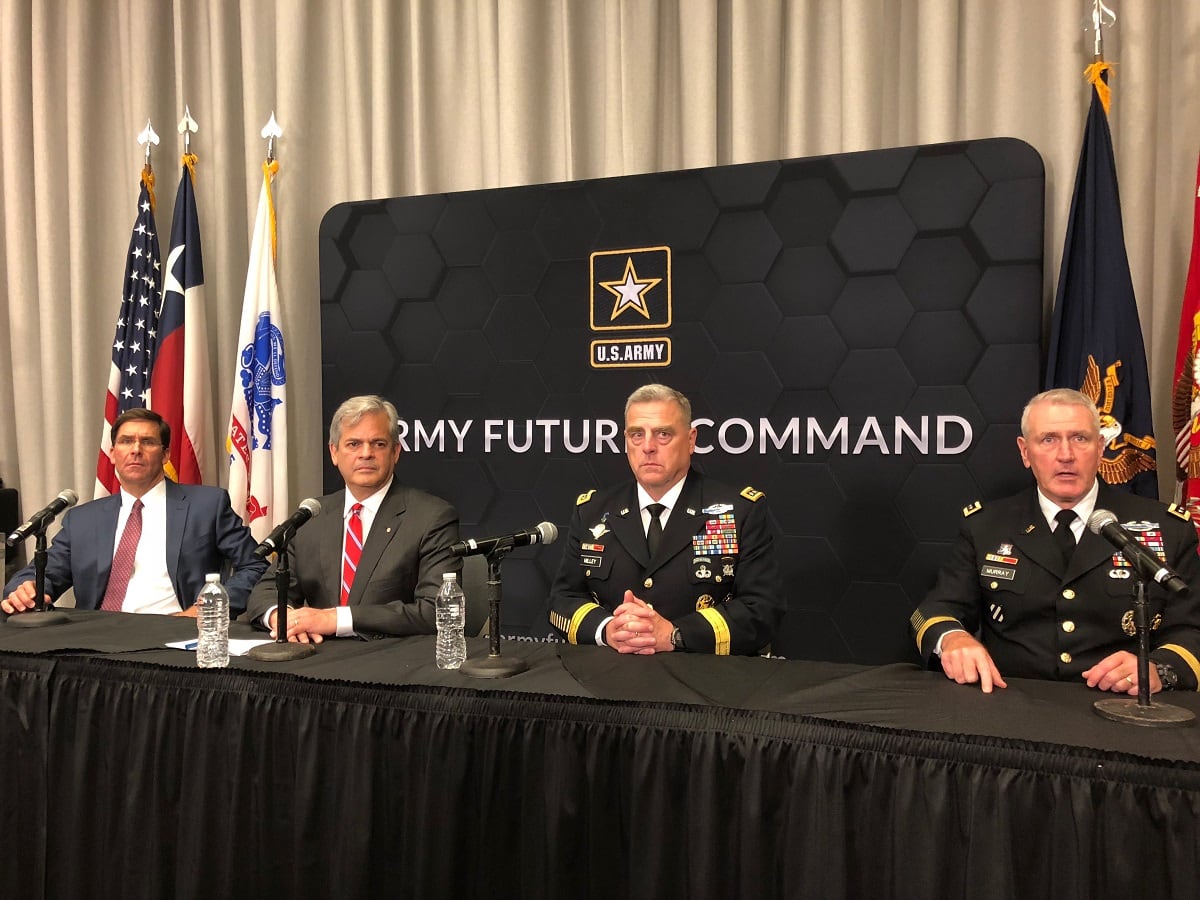WASHINGTON — The Army Rapid Capabilities Office has already had a major metamorphosis since its inception in 2016, shifting from a focus on just three near-term challenges to an emphasis on a broader portfolio that aligns with the Army’s major modernization efforts.
But now the RCO is getting a new name, a new charter and will be led by a three-star general, according to the Army’s acquisition chief. That leader is Maj. Gen. L. Neil Thurgood, who’s nomination to be promoted to a three-star general has been submitted for congressional approval, Bruce Jette confirmed to Defense News. Thurgood is currently the director of Army hypersonic programs.
The RCO’s new name is the Rapid Capabilities and Critical Technologies Office — or RCCTO — Jette said at the McAleese & Associates and Credit Suisse Defense Programs conference in Washington. The name is a more cumbersome acronym, Jette admitted, but the idea is to name the RCO to better reflect its new mission and mandate.
The RCO took a major pivot in its direction under the leadership of Tanya Skeen, its short-lived director, last year where it moved away from a focus on three major priorities — electronic warfare, cyber and position, navigation and timing — to a broader focus on the Army’s top six modernization priorities: Long-Range Precision Fires, Next-Generation Combat Vehicle, Future Vertical Lift, the Network, Air-and-Missile Defense and Soldier Lethality.
RELATED

And the RCO quickly took part in helping to advance capability within the Army’s modernization priorities including demonstrating an initial incremental capability — underneath the LRPF umbrella — to extend a cannon’s range to strategic distances at Yuma Proving Ground, Arizona, last September.
But Skeen parted ways with the RCO in late October to become the executive director of the F-35 Joint Project Office leaving the direction of the office in question.
RELATED

The Army approved a new charter in December and is moving out on a new mission and mandate from a focus on responding to the Army’s modernization branch. Previously, RCO was focused on responding to needs from combatant commanders.
Its mandate is to move from a focus on rapid prototyping to larger scale efforts.
“There is a focus on strategic issues,” Jette said.
“There are things that are technical approaches to particular efforts that really don’t fall well into one particular category of a [program executive office] that already exists, but are very much in support of the [Army Futures Command] and the [Cross Functional Team] needs,” he added.
The RCCTO is supposed to work in lock-step with the AFC — the new four-star command which was officially established in the summer of 2018 to tackle the Army’s modernization priorities — and the CFTs which are each tasked to focus on a particular priority.
RELATED

In a separate speech, Army Under Secretary Ryan McCarthy highlighted hypersonics, directed energy and space as particular areas of technology development where the RCCTO would be of particular use. He added the idea is for the office to work on quick strategic assets that are cross-cutting and “hone their energy against really, big, hard problems.”
The RCCTO is “meant to do things that are unique and it’s not meant to be one big [Rapid Equipping Force]. It’s meant to be a real serious program office that is focused against those things which are the hardest ones [and with] the shortest need to get it out to the field,” Jette said.
Jen Judson is an award-winning journalist covering land warfare for Defense News. She has also worked for Politico and Inside Defense. She holds a Master of Science degree in journalism from Boston University and a Bachelor of Arts degree from Kenyon College.







